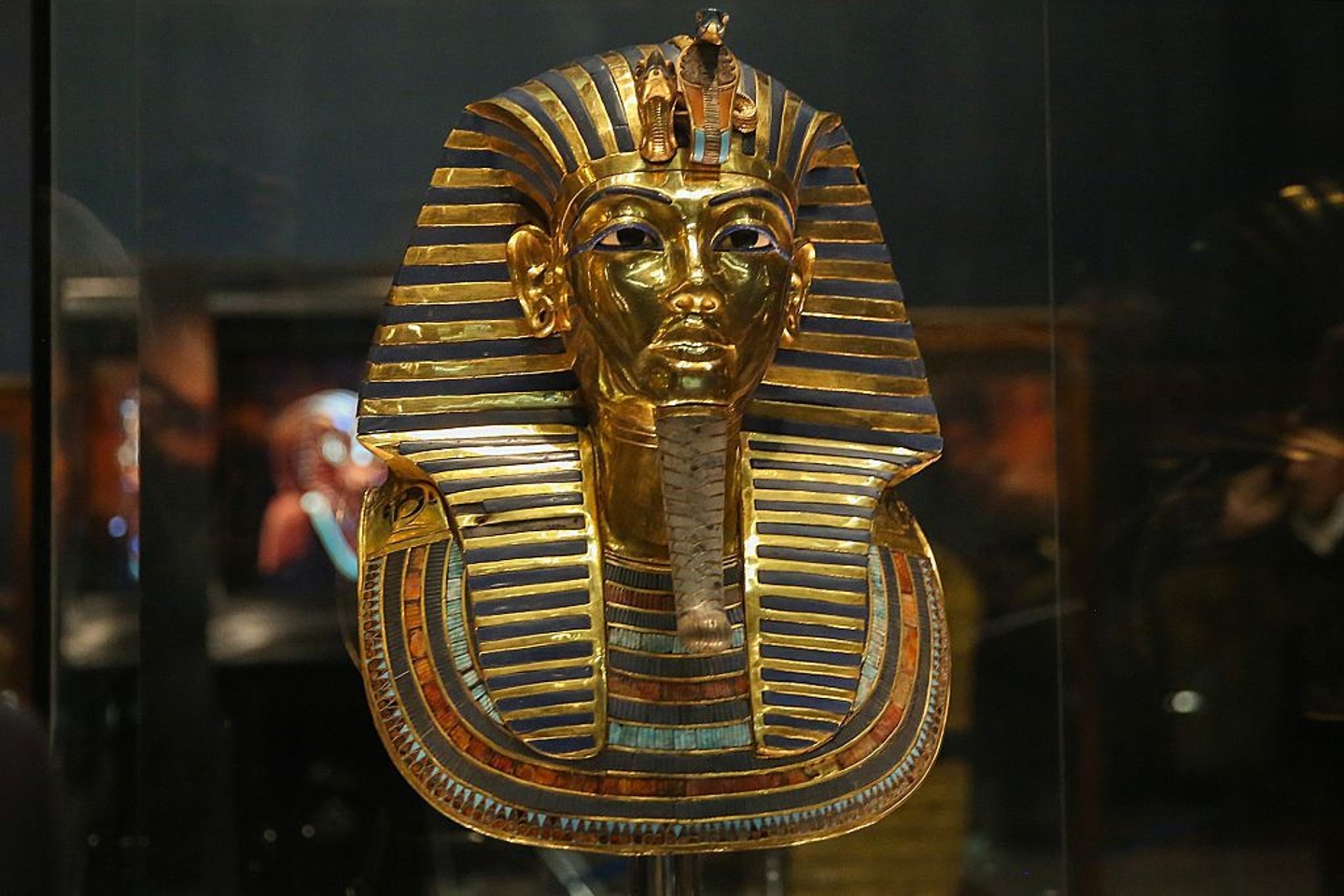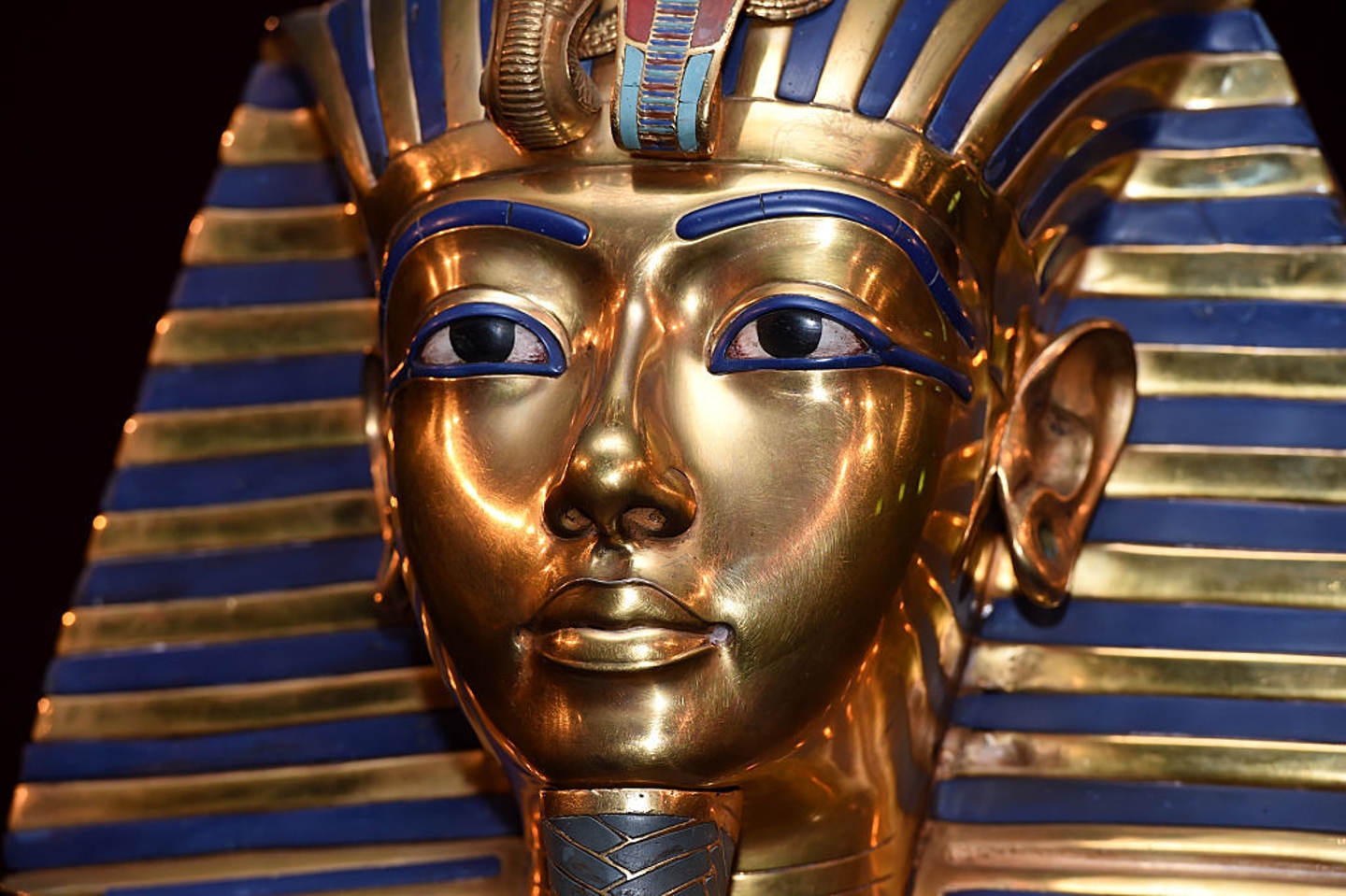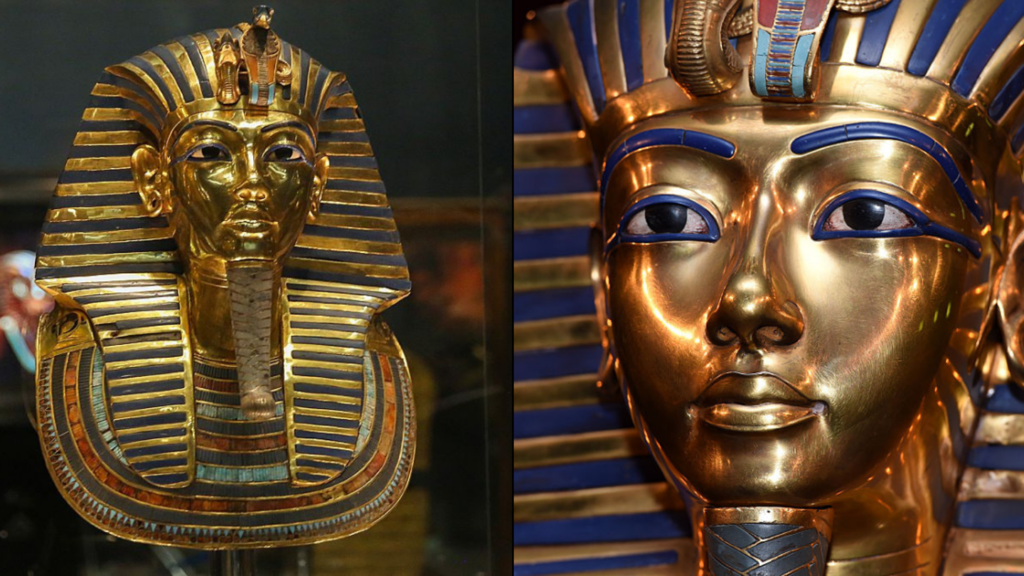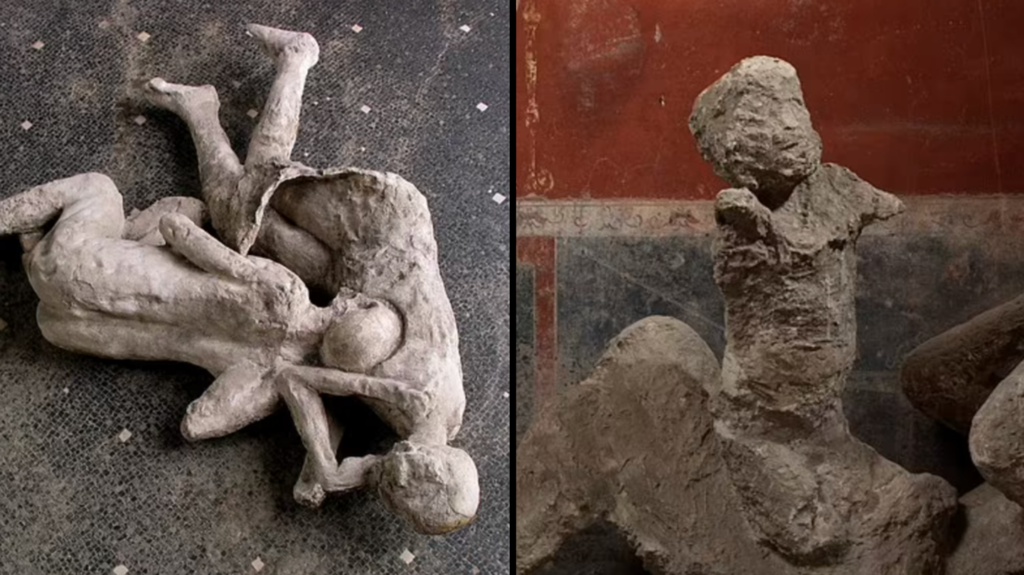King Tutankhamun’s death mask is among the most recognizable artifacts from Ancient Egypt. However, our long-held beliefs about this stunning relic might be on the verge of a significant change.
A research team from the University of York, led by Professor Joann Fletcher, has made an intriguing discovery about this historic headpiece, potentially altering what we thought we knew.
Tutankhamun, known widely as one of the most famous pharaohs, took the throne at a mere nine years old. His reign was brief, lasting only a decade (from 1332 BC to 1323 BC), and his life was marked by frequent health struggles that likely led to his untimely death.
His death mask, originally unearthed by British archaeologist Howard Carter in 1922, has captivated people for over a century. Yet, 102 years after its discovery, Professor Fletcher has uncovered fresh insights that may change its story.
Currently housed in the Egyptian Museum in Cairo, the mask caught Professor Fletcher’s attention as she pored over Carter’s detailed burial records preserved at Oxford University’s Griffith Institute. In these documents, she spotted an overlooked detail that sheds new light on the mask’s origin and purpose.

During a discussion for the All Out History documentary, Fletcher disclosed her finding: “This mask was not made for an adult male pharaoh when the gold was compared, (they found) the face is made of completely different gold to the rest.”
Her team developed this theory after re-examining the 1922 excavation records, which contained notes on specific body features that didn’t entirely align with ancient Egyptian burial customs.
One particular document stood out to Fletcher, reading: “Honed in on one long-overlooked feature… the decidedly pierced ears (on the death mask).”
While pharaohs did wear earrings, it was generally not a detail that appeared on their death masks. Traditionally, only the death masks of deceased children or queens featured these distinctive piercings.
Back in 2015, Egyptologist Nicholas Reeves had initially proposed that the mask’s golden face was actually crafted for the young king’s stepmother, Queen Nefertiti, whose final resting place and remains have yet to be discovered.
Death masks were not exclusive to royalty; they were created for a range of people as a way to honor the dead and maintain a connection with the spiritual world.
These masks varied in materials, depending on the individual’s status, and were often made in the likeness of the person’s face. This practice was intended to help the person’s soul return to the body to be judged by the Egyptian god Anubis.
Tutankhamun’s mask was adorned with a collar of semiprecious stones and colorful beads, and he was given a golden false beard to complete his regal image.

However, Professor Fletcher’s curiosity was piqued by the ear piercings on Tutankhamun’s mask. As a dedicated Egyptologist, she’s spent much of her career studying this ancient culture and its burial traditions.
While the death masks of previous pharaohs lacked any kind of ear modifications, these details were commonly seen on the masks of queens.
Fletcher theorized that the unusual additions could be due to the fact that Tutankhamun’s burial was conducted hastily, possibly due to his declining health. His father, Akhenaten, married his sister, which led to Tutankhamun’s birth and possibly contributed to his health issues.
Though there’s no concrete information on his precise health at the time of his death, evidence suggests that his burial was indeed rushed.
Archaeologists have noted dark spots on the tomb’s walls that appear to be remnants of paint that hadn’t dried when the tomb was sealed. Additionally, the burial chamber itself is relatively modest, far less grand than one would expect for a pharaoh of Tutankhamun’s status.
Professor Fletcher further added to her theory: “This is the tomb that was intended for Tutankhamun, the tomb of Ay,”
“To deepen the enigma, dark spots are scattered across the walls of King Tut’s tomb marks that scores of experts point to as a sign the paint was still wet when the tomb was sealed, hinting at the hurried nature of its completion,” she said.






